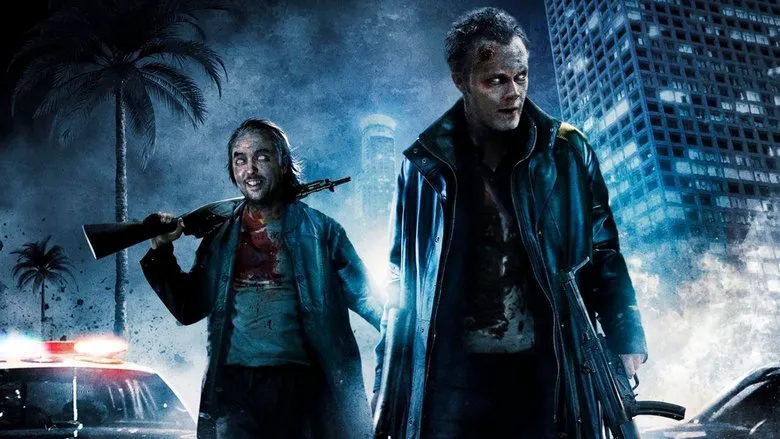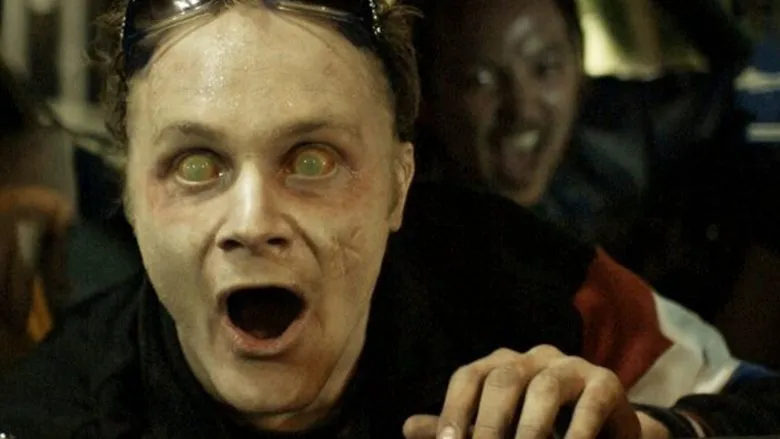The Revenant: A Breathtaking Tale of Survival and Vengeance
A majestic and profoundly inspiring story of overcoming adversity, filmed with exquisite beauty, told with vigor, and captivating the audience for all 150 minutes.
In the untamed American wilderness, a group of fur trappers and border surveyors find themselves in a desperate fight for survival after a brutal attack by Native Americans, who are relentlessly searching for the kidnapped daughter of their chief. The trappers, having lost several men and their boat, rely on the instincts of their guide, Hugh Glass, a man who has lived among the local tribes for years. However, when Glass is mauled by a grizzly bear, he becomes a burden to the group. The expedition leader leaves the dying Glass in the care of his son and two hunters, instructing them to wait for his death and give him a proper burial. But one of the hunters betrays his companions, murders Glass’s son, and leaves the guide for dead in a shallow grave. The traitor returns to camp to claim his reward, unaware of the extraordinary will to live that resides within Glass, a will fueled by an unquenchable thirst for revenge for his son’s murder.

Fun Fact: Leonardo DiCaprio, a dedicated vegan, had to consume raw bison meat during the filming of one scene. The actor’s reaction was genuine disgust.
In an era dominated by colossal superhero and space-faring blockbusters, we’ve almost forgotten that cinema is not just entertainment or a tool for education or influence. It is, above all, an opportunity to immerse ourselves in unknown worlds. Whether it’s the vastness of space, the depths of the ocean, the distant past, or a fantastical future, true cinema should be able to captivate and plunge the viewer into the heart of the action, leaving them no chance to even reach for their popcorn. Such powerful cinema is a rare treat, but rejoice! Alejandro Iñárritu’s “The Revenant” is destined to become a masterpiece, spoken of with reverence for years to come.

The entire film was shot using natural light in Canada and Argentina during the coldest months. Due to the harsh conditions, filming was limited to just two hours per day, with Iñárritu and Lubezki spending the remaining time planning the camera movements for the next scene.
Visual Masterpiece
Let’s not dwell on the straightforward plot. After all, even Fenimore Cooper and Mayne Reid didn’t impress us with intricate storylines in our childhood. In books about Native Americans, the characters were paramount, and our imagination filled in the rest. In “The Revenant,” your imagination is replaced by the Oscar-winning cinematography of Emmanuel Lubezki, whose skills you may remember from “Gravity” and “Birdman.” Expect breathtaking long takes, extreme close-ups, and a sense of direct participation in every scene. The film masterfully combines action and contemplation, enhanced by the unique beauty of a wide-angle lens. During the Native American attack, you’ll feel the arrows whizzing past your face. When a bear roars nearby, you’ll notice every groove on its teeth. And if you stay until the knife fight, the cold steel and its bloodthirsty glint will linger in your eyes long after. It’s a superb achievement, with few competitors in sight.

Stellar Performances
It’s impossible to imagine a more powerful acting performance. Let’s not even speculate about Leonardo DiCaprio’s chances at the 2016 Oscars. He has long proven himself, and his fans have been convinced of his talent since his teenage roles. The offers DiCaprio receives today from the best directors and producers are unlikely to get any better. He is truly at the peak of his career. His Hugh Glass is a man of few words, uttering only a handful of lines throughout the film, which only adds to the challenge. He must act, not recite. Experience, not fantasize. Seek revenge with genuine physicality, avoiding cliché and melodrama. DiCaprio brilliantly fulfills all these demands, delivering a flawless performance. He coughs up blood, eats raw fish, sleeps inside a horse carcass, kills, steals, and runs, all with the utmost authenticity.

The supporting cast is equally impressive: Tom Hardy is a force of nature, surviving in harsh conditions; Will Poulter portrays a young man who finds himself in over his head; and Domhnall Gleeson embodies a noble and determined leader. These are just the most prominent faces, surrounded by a host of hunters and Native Americans who will dispel any glamorous notions you might have about the Wild West. The America of “The Revenant” is a purgatory, a path of self-discovery, and the ultimate test for its characters.

Philosophical Undertones
Iñárritu wouldn’t be himself if he didn’t add a few philosophical touches, which are perfectly fitting alongside the majestic nature, deep snow, towering pines, and endless sky. From time to time, nature takes center stage, and we witness a magnificent scene of Glass shooting a moose with a stick, a herd of bison whose reality is not entirely clear, or a ruined temple covered in strange drawings. Terrence Malick himself would envy such a collection of images.
A Triumph of Will
Ultimately, “The Revenant” is about the relentless pursuit of a goal. Perhaps this is what united all the key players in the project: an actor striving for the biggest prize of his life, a director who has found wings that give him confidence, and a cinematographer who speaks in some otherworldly language. These individuals came together and created a great film to be proud of. What the Academy will say, we will soon find out. “Revenge is in the hands of the Creator,” declares Hugh Glass. In those same hands lie the results of the months-long work of Iñárritu and his company, who survived a difficult ordeal.